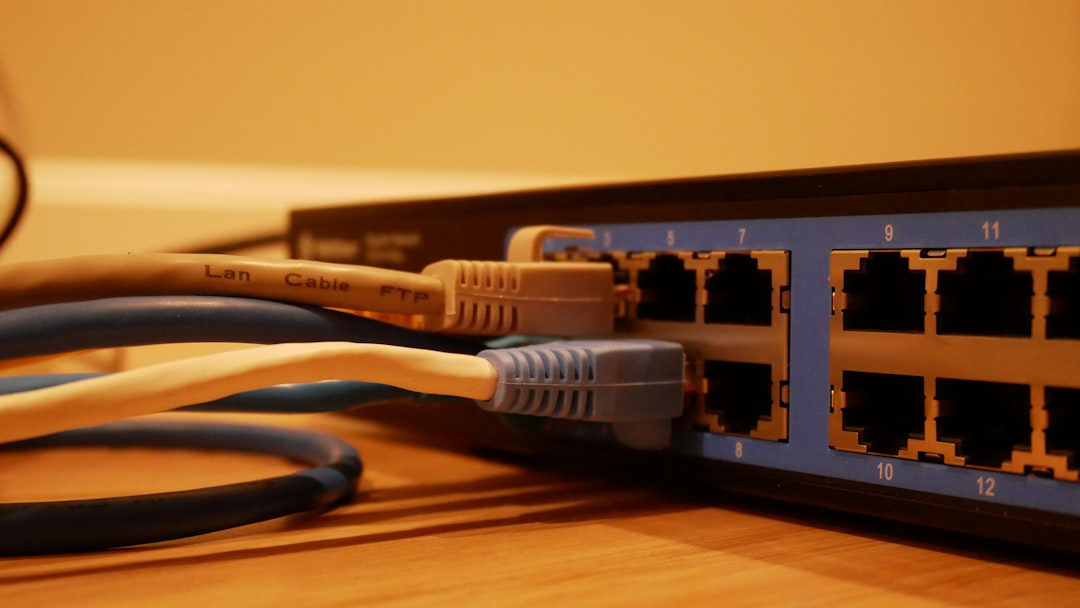When working with web applications, APIs, or WordPress sites, developers and administrators often encounter errors that stem from server communication issues. One particularly troublesome and common issue is the cURL error 28: Connection timed out. This error is indicative of a communication delay or failure between the server hosting your application and the server it is attempting to contact. Although seemingly technical, understanding and resolving this error can save significant development and troubleshooting time.
What is cURL and Why Does Error 28 Occur?
cURL (Client for URLs) is a powerful command-line tool and library used for transferring data over various protocols, such as HTTP, HTTPS, FTP, and more. It is widely used in scripts, applications, and backend services to initiate and manage API requests and file transfers.
When cURL throws error 28, it means that the connection attempt timed out. Essentially, cURL couldn’t successfully establish a connection or receive a response from the intended destination within the allotted time frame. This can be caused by a variety of issues, which we’ll cover below.
Common Causes of cURL Error 28
Here are some of the most common triggers for this timeout error:
- Slow Internet Connection: The server may be experiencing network delays or instability.
- Firewall or Security Software: Blockages from firewalls, CDN services, or security plugins might be stopping the connection.
- Server Overload: The destination server may be overwhelmed with traffic or improperly configured.
- Plugin Conflicts in WordPress: Certain plugins making remote requests (e.g., license verification tools) can trigger this error.
- Incorrect DNS Settings: Improper domain name resolution settings may prevent connections.
- Unresponsive API Server: The external API or endpoint you’re reaching might be temporarily down or moved.

How to Fix cURL Error 28
To fix this error, it’s critical to identify the source. Here are multiple approaches you can use to troubleshoot and resolve it.
1. Increase Timeout Limit
One of the simplest fixes is increasing the default timeout value. You can do this programmatically by passing a longer timeout to your cURL request:
curl_setopt($ch, CURLOPT_TIMEOUT, 60); // Set timeout to 60 seconds
For WordPress, this can sometimes be done by updating third-party plugin settings or editing the theme’s functions.php file.
2. Disable Conflicting Plugins or Themes
In platforms like WordPress, plugin conflicts are a major cause. To troubleshoot:
- Deactivate all your plugins.
- Check if the error persists.
- Reactivate plugins one by one to identify the culprit.
Also, test using a default WordPress theme (like Twenty Twenty-One) to rule out theme-related issues.
3. Check Firewall or CDN Settings
If you use a web application firewall (WAF) or services like Cloudflare, inspect their settings. Over-aggressive security configurations can block legit outgoing server requests.
Steps to consider:
- Whitelisting server IPs that handle such cURL requests.
- Temporarily disable CDN or security layers to test connectivity.

4. Diagnose DNS Issues
DNS misconfigurations or outdated DNS cache may interrupt proper name resolution. To troubleshoot:
- Flush local DNS cache using:
ipconfig /flushdns(Windows) orsudo dscacheutil -flushcache(macOS). - Use a reliable DNS provider like Google (8.8.8.8) or Cloudflare (1.1.1.1).
5. Check Server Performance and Load
If your own server is under load or misconfigured, cURL may be unable to process requests in time. Try the following checks:
- Review server logs for resource exhaustion.
- Upgrade your hosting plan if you’re hitting resource limits frequently.
- Use command-line tools like
top,htop, orvmstatto monitor load.
6. Call the Endpoint Manually
Sometimes, isolating whether the error is with your code or the remote server requires simplicity. Use command-line cURL directly:
curl -v https://example-remote-server.com/api/endpoint
This helps you see real-time connection issues, delays, and headers which can hint at timeout causes.
7. Use Debugging Plugins or Logs
Platforms like WordPress support debugging via logs. Enable debugging by modifying the wp-config.php file:
define( 'WP_DEBUG', true ); define( 'WP_DEBUG_LOG', true ); define( 'WP_DEBUG_DISPLAY', false );
Check the wp-content/debug.log file for error traces related to cURL operation and plugin behaviors.
Preventing Future cURL Timeout Errors
Once resolved, consider implementing ongoing measures to reduce recurrence:
- Regular Plugin Audits: Remove outdated or unsupported plugins from your web applications.
- Server Monitoring: Use tools like UptimeRobot, Pingdom, or New Relic to continually monitor server health and response times.
- Scheduled API Ping: If your application relies on external servers, occasionally ping API endpoints so you can detect issues early.
Conclusion
cURL error 28 may initially seem daunting, but it’s often the result of preventable or fixable issues. Whether the issue stems from server limitations, external resource downtime, or configuration errors, careful diagnostics and adjustments often lead to quick resolution. With the right monitoring strategy and configuration practices, developers and site administrators can minimize the impact of such errors and maintain smoother operations.
Frequently Asked Questions (FAQ)
- What does cURL error 28 mean?
- This error indicates that a cURL request has timed out, meaning the server did not respond within the allowed time period.
- Is cURL error 28 a server-side or client-side issue?
- It can be both. It may come from misconfigured servers, overloaded APIs, or even blocked outgoing connections from the client endpoint.
- How can I check if my firewall is causing the timeout?
- Temporarily disable your firewall and retry the same cURL request. Alternatively, review firewall logs for signs of blocked outgoing connections.
- Can slow internet cause cURL error 28?
- Yes. Poor network connectivity or routing issues between servers can increase response times, leading to timeouts.
- Does increasing timeout always work?
- Not always. It might delay the error but not fix underlying causes like unresponsive servers or blockages in communication pathways.
